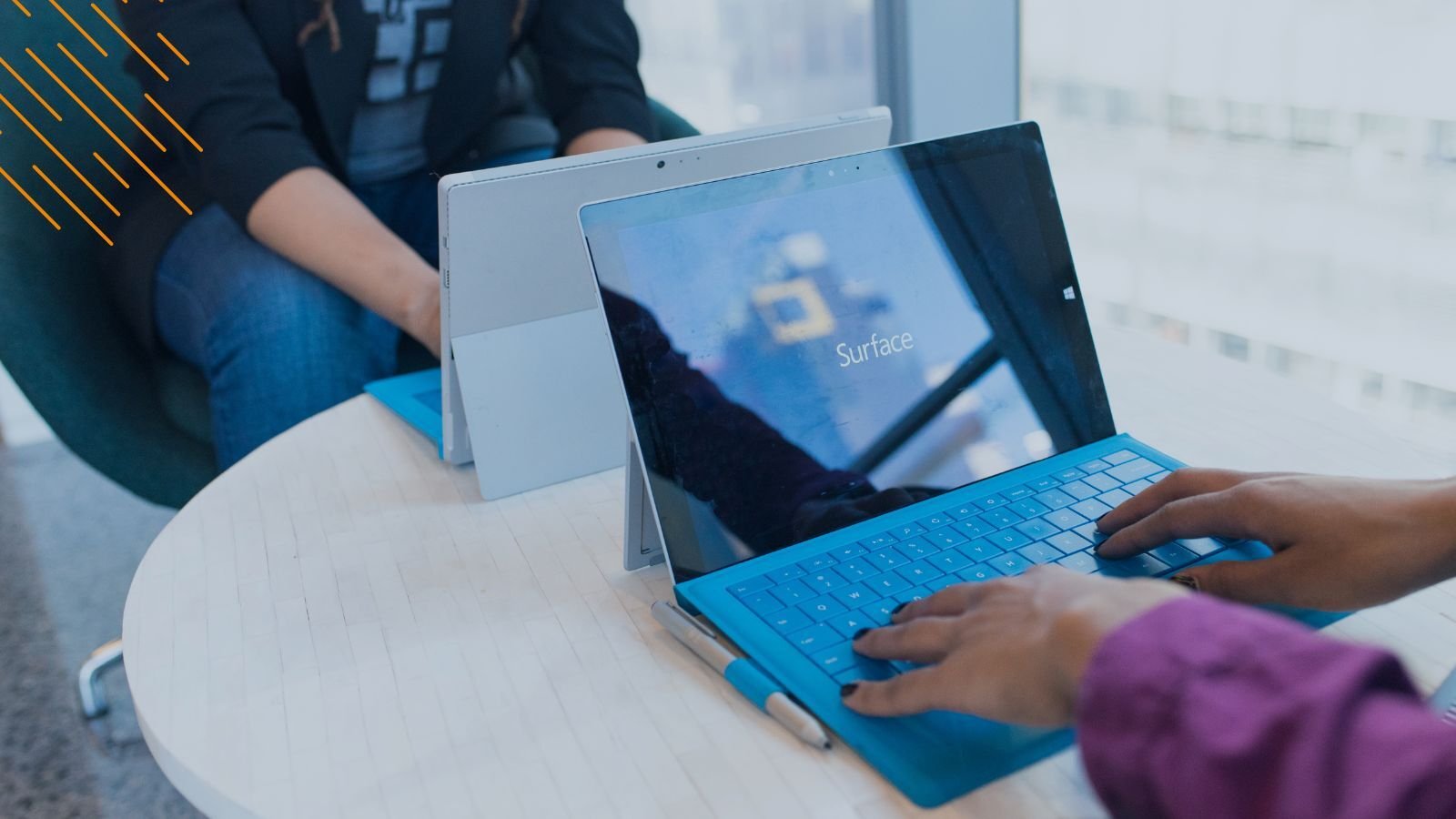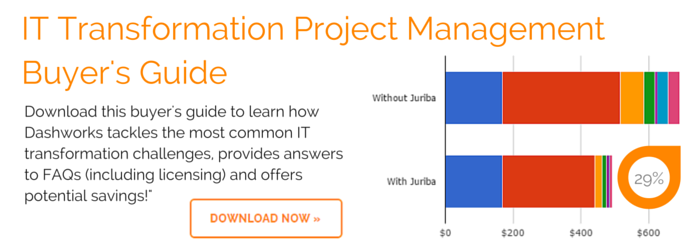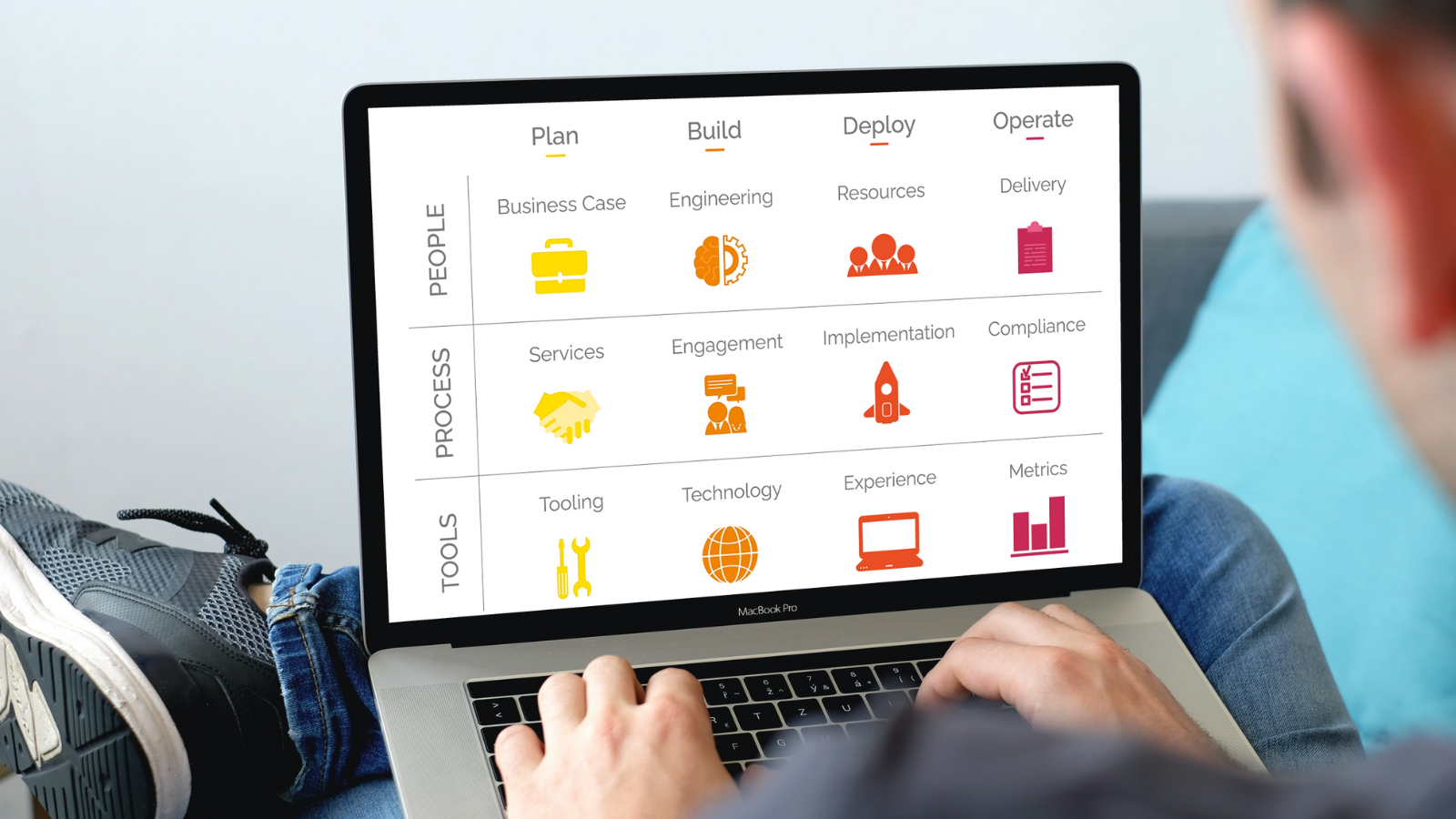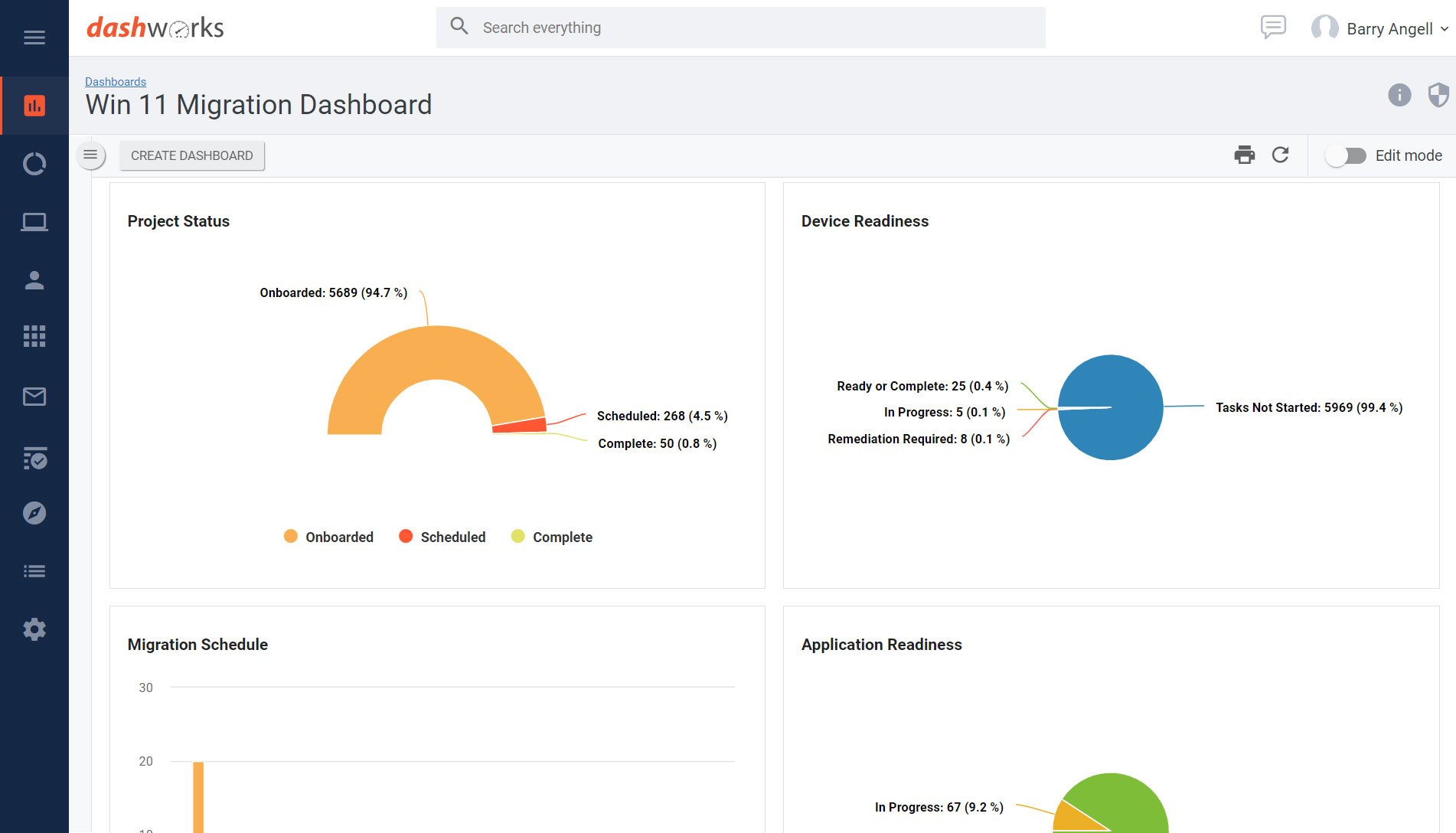3 Things To Consider When Deciding On A Future End-User Platform
June 20th, 2019
4 min read
By Barry Angell

When today's CIO talks about Digital Transformation, they are looking at a huge number of IT initiatives to increase productivity, reduce cost, improve agility and deliver the best experience to customers.
With so many market options, our CIOs are spending a lot of time and energy on scouting out new technology to enable their Digital Transformation initiatives. But it is also an opportunity to look at our own end user platforms and ensure that our own employees are as productive as possible and also receiving the best possible IT experience. This trend results in a surge of popularity for cloud computing, virtualization, and Evergreen IT — often complicating future platform choices!
Although the decision regarding which physical or virtual platforms your end users will be running on is important as it directly impacts the productivity of your employees, it is often neglected in the planning process or treated as an afterthought.
Consequently, executives often try to solve this problem by imposing superficial goals that fit into their larger agenda, e.g., "As part of our enterprise-wide digitization efforts, we will move 60% of our workforce to cloud computing and virtualization", rather than performing a proper suitability analysis.
This of course leads to performance issues, slow-downs, and productivity loss, which directly impact your bottom line. Worse, it can mean a complete disassembly of the original business case as costs escalate to improve end user experience. Today, I want to walk you through one possible way that you can determine the optimal future platform (mix) for your estate.
Key Question: "Which Platform Is The MOST Suitable?"
Thankfully, today's IT organizations have a myriad of platforms to choose from when evaluating the one that best suits their users' needs. You have never-ending options around fat client desktop, laptop, persistent or non-persistent VDI, Microsoft Hosted Desktop with Microsoft 365, as well as Citrix and VMware Workspace One and other MDM platforms.
It could be that your users are suitable for many of those platforms. But quite often it is very difficult to tell which platform each user is MOST suitable for or which one would give you the biggest return-on-investment. A lot of our customers are trying to find answers to those questions using data-driven analysis to exactly determine what their new mix of platform provision should be.
- Application Suitability: Can we deliver all of our apps to all of these different devices using the same solution?
- Application Persona: Is the suggested platform compatible with the user's role and work environment?
- Return-on-Investment: Is there a business case for it? Are we going to save any money by operating these environments? Can we create a single solution to achieve the biggest ROI?
Criteria #1: Technical Application Suitability
Probably one of the most important questions you will need to ask is whether or not your application works within this particular platform. In other words,
- Does your application need a fat client desktop or could it run on Windows 2019 Server as part of a Microsoft Hosted Desktop?
- Is there a back-end infrastructure requirement that prevents the application being run from the cloud?
- Is it web-based and simply requires a browser?
- Is it capable of being virtualized and how would that impact its performance?
For example, you wouldn't necessarily put a CAD-type application on anything other than a fat client desktop.
Consequently, you will have to do a thorough analysis on your application suitability for each desired platform option before assessing on a user-by-user basis exactly which platform a user might be suitable for. For example, if all the applications of one particular user will convert to App-V, this user might be a good candidate for having a non-persistent desktop, while another user has several critical applications that are all suitable for Windows 2019 Server, making him better suited for a Microsoft Hosted Desktop.
But the problem isn't finding a suitable solution out of the plethora of options — it's finding the MOST suitable option for most or all of your estate. Each organization has to strategically decide which is the best mix of platforms for them moving forward, both in terms of how they will maintain them as well as optimal user performance.
Criteria #2: Suitability Based On Application Persona
Now that you have identified that technical suitability, you should consider cross-checking this analysis with the actual role your user is fulfilling. You might have seen or heard Gartner and Forrester talk about "personas" — referring to the type of worker this person represents, e.g., a mobile field agent or a stationary call center representative.
When we refer to personas, we mean application personas, which is about the application mix required in addition to the user's organizational role. In other words, we look at not only which applications make you suitable for each platform, but also what type of user you are.
The reason is simple: If your application suitability testing revealed that a particular user is suited to run on a Microsoft Hosted Desktop, but he is a mobile sales rep using only a laptop, the Microsoft Hosted Desktop probably isn't the best choice!
Criteria #3: Financial Feasibility & Return-on-Investment
Finally, you will need to determine if your solution is financially feasible and what the expected return-on-investment would be. The common denominator is almost always to have as few different platforms in your mix as possible, as this gives you not only more buying power but simplifies life cycle management, end-user support, and maintenance significantly.
How To Accelerate Your Application Suitability Assessment
To help our customers do the first two steps of this analysis quickly and effectively, we have partnered with ApplicationReadiness.com to offer our customers an efficient, reliable, and fast way to run this analysis.
This new assessment service looks at all your applications to ascertain which applications are suitable for each platform. ApplicationReadiness.com essentially takes all your application packages and runs them through their static platform to determine if they would run on MSI, MSIx, AppV, Workspace ONE, InTune, and so forth.
Then, based on that output, we apply that RAG status to the user analysis to allow us to determine user suitability for a particular platform. The output is an analysis showing this user is red ("no-go") for Microsoft Hosted Desktop, as a critical app will not run on Windows 2019 Server, but she is green for a fat client because all the apps will work on MSI or AppV.
Essentially, it starts and ends with the application assessment showing which platforms these applications are suitable for. It uses the application-by-application analysis and applies it to the user base to give an organizational view.
Conclusion
In summary, do your technical application assessment upfront before overlaying it with the different organizational roles and application personas your end users have. Then try to figure out what your business case might look like for investing in this multitude of platforms. Remember that, while there's no one-size-fits-all, it is really important not to shoehorn people into the wrong platform. Equally, the cost of running a multitude of different platforms can be prohibitive, so selecting the right mix based on your user suitability will give you a strategic edge.
Barry is a co-founder of Juriba, where he works as CEO to drive the company strategy. He is an experienced End User Services executive that has helped manage thousands of users, computers, applications and mailboxes to their next IT platform. He has saved millions of dollars for internal departments and customers alike through product, project, process and service delivery efficiency.
Topics:



![What is a Digital Workplace? [Definition]](https://blog.juriba.com/hs-fs/hubfs/What%20is%20a%20Digital%20Workplace%20%5BDefinition%5D.jpg?width=1600&height=900&name=What%20is%20a%20Digital%20Workplace%20%5BDefinition%5D.jpg)






















